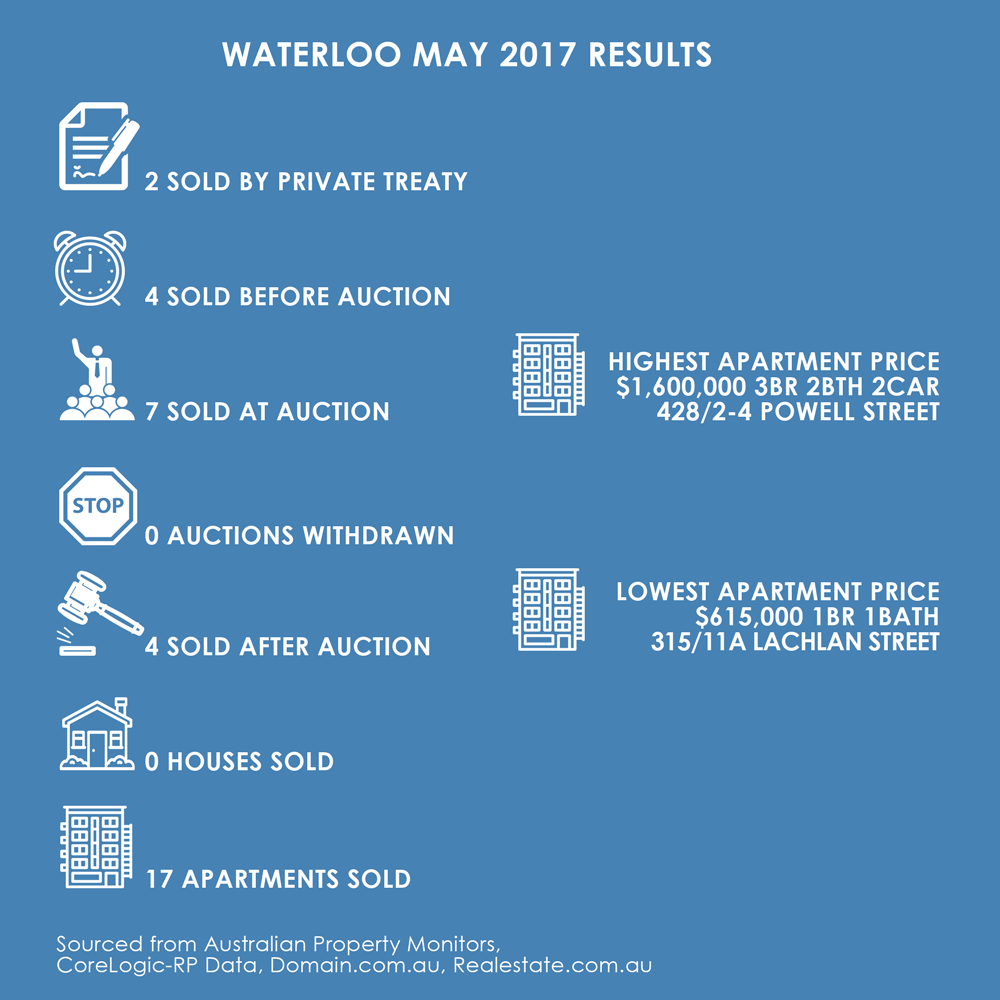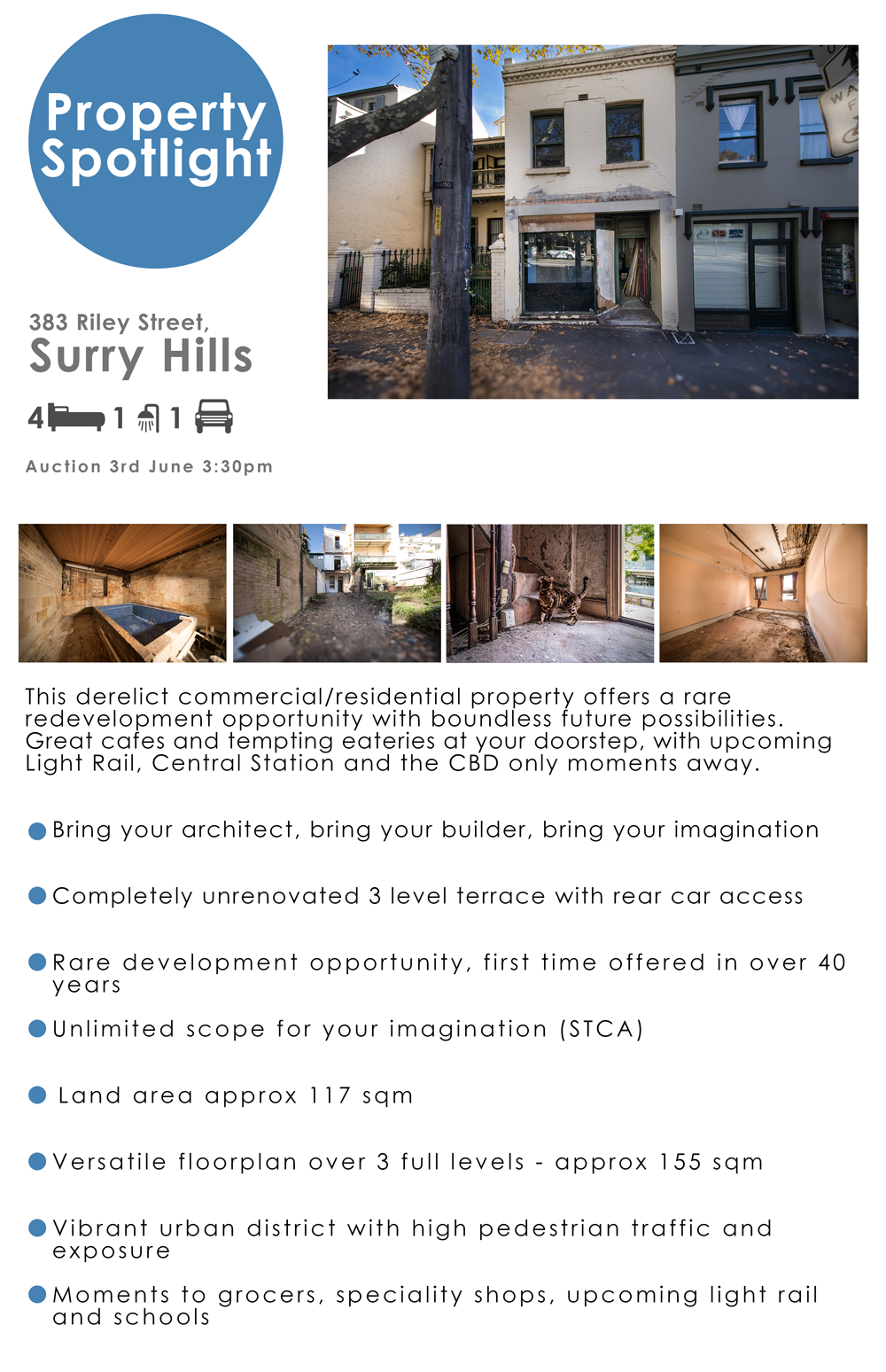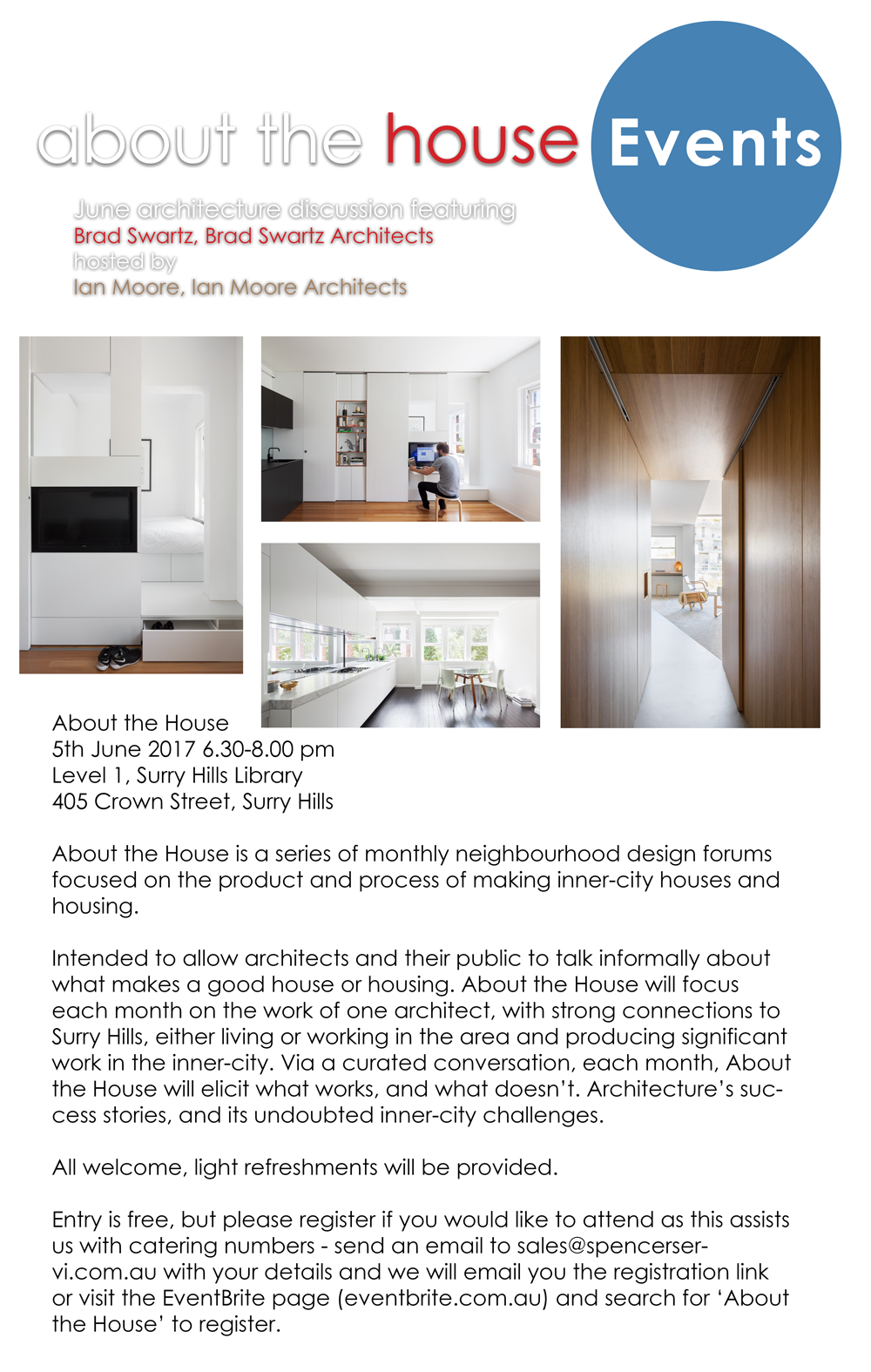THE SYDNEY TERRACE
By David Servi
Sydney’s love affair with terraces has been reflected in their rising value for a long time. Residents are attracted to their enduring elegance, their huge array of expansion and renovation possibilities, their convenience, and their atmosphere of busy and neighbourly living.
The nearly infinite array of possibilities for terrace expansion – often upwards – and the many ways to reconfigure and renovate terraces have been explored in Spencer & Servi’s monthly architecture and design forums, About the House.
A series of renowned architects have taken part in the popular forums, held each month in the Surry Hills library in Crown Street. The idea for the gratis forums is for experienced architects to discuss design and renovation possibilities for all types of housing, with a particular focus on terrace living.
Each month an architect gives an address, accompanied by a visual presentation, to explain his or her ideas about inner city living and its infinite possibilities, followed by a question and answer session (and refreshments).
The ideas have included ways to bring more light into terraces with strategically positioned openings and breezeways, the use of timber, paint, tiles, glass and stone, as well as adding rooms, or dormer windows, transforming gardens and revitalising interiors.
Sydney’s terraces can be single or double storey, or built on a grander scale, with three or even four storeys. Professional architects understand how to make the most of the different styles, and the appreciative audiences at the About the House talks have often thought deeply about the different subjects they would like to discuss and the questions they would like to ask, perhaps about a cantilevered verandah, or a terrace built of sandstone, or how to relocate a bathroom.
Spencer & Servi director David Servi says the people of Sydney understand the benefits of terraces, and how they can be adapted and transformed to suit modern living without losing any of their charm.
“Terraces are well-suited to the pace of life these days”, he says, “they’re convenient, they’re adaptable and they’re sturdily built”. He adds that thick walls and solid rendering keep exterior noise to a minimum in Sydney’s terraces, and their often high ceilings and big windows make for easy and spacious living.
“People who live in terraces rarely want to leave them”, he said, “and if they do, it’s usually to a larger terrace in a similar area. They enjoy the neighbourliness, the elegant views, and the convenience”.
The NSW government is finally recognising the popularity and convenience of terraces, and new draft planning guidelines mean the benefits of medium-density living are likely to be replicated in suburbs once best known for the quarter-acre block, where even going to the shops for a litre of milk can entail getting into a car.
NSW Planning Minister Anthony Roberts said last month that terraces could be the answer for the city’s difficulties with affordability and sprawl. “Terrace houses are more affordable because they require less land area; they are more sustainable because they share common walls, which provide better noise and energy insulation; and they provide private outdoor spaces for families” he said in The Australian.
So the thriving communities of Paddington, Surry Hills and Redfern, filled with people who enjoy walking into the city, or around the corner to the pub, or across the way to a coffee shop, or a gallery, or a new bakery, are now setting planning standards for the whole of Sydney.
in Latest News
Share This Post
Categories
Archived Posts
- February 2024 (1)
- January 2024 (2)
- October 2023 (2)
- September 2023 (1)
- August 2023 (3)
- July 2023 (2)
- September 2021 (1)
- August 2021 (3)
- November 2019 (1)
- October 2019 (4)
- February 2018 (1)
- January 2018 (1)
- December 2017 (3)
- November 2017 (1)
- October 2017 (2)
- September 2017 (4)
- August 2017 (4)
- July 2017 (2)
- June 2017 (1)
- May 2017 (1)
- April 2017 (1)
- March 2017 (1)
- February 2017 (1)
- January 2017 (2)
- December 2016 (2)
- November 2016 (1)
- September 2016 (1)
- July 2016 (1)





